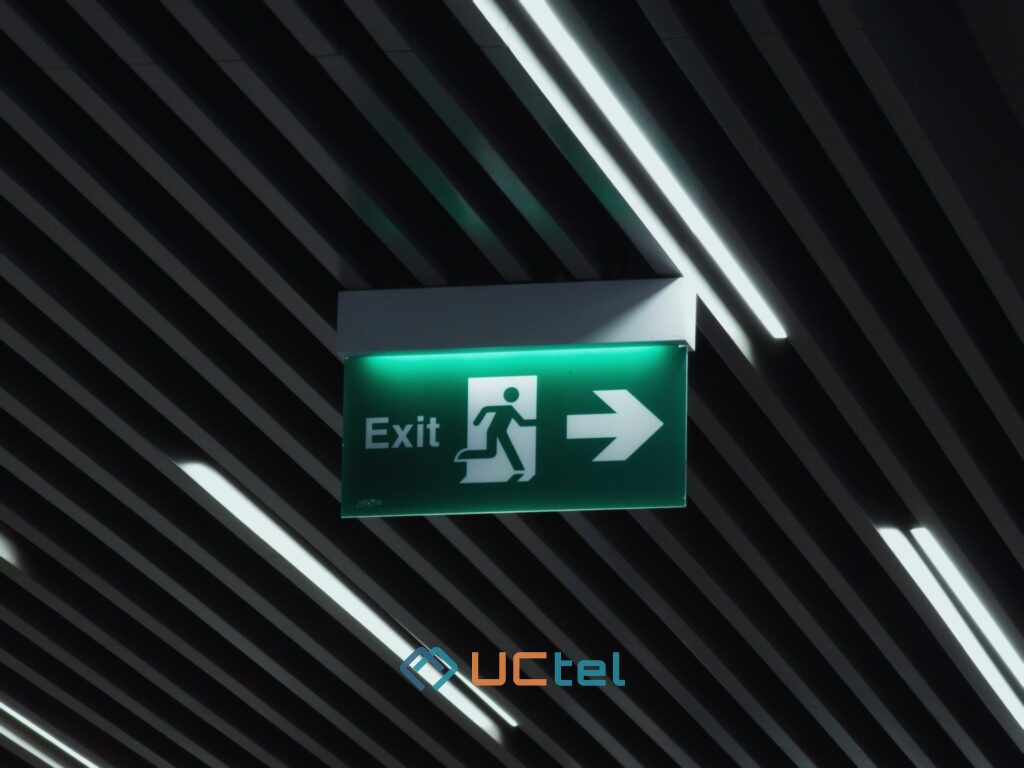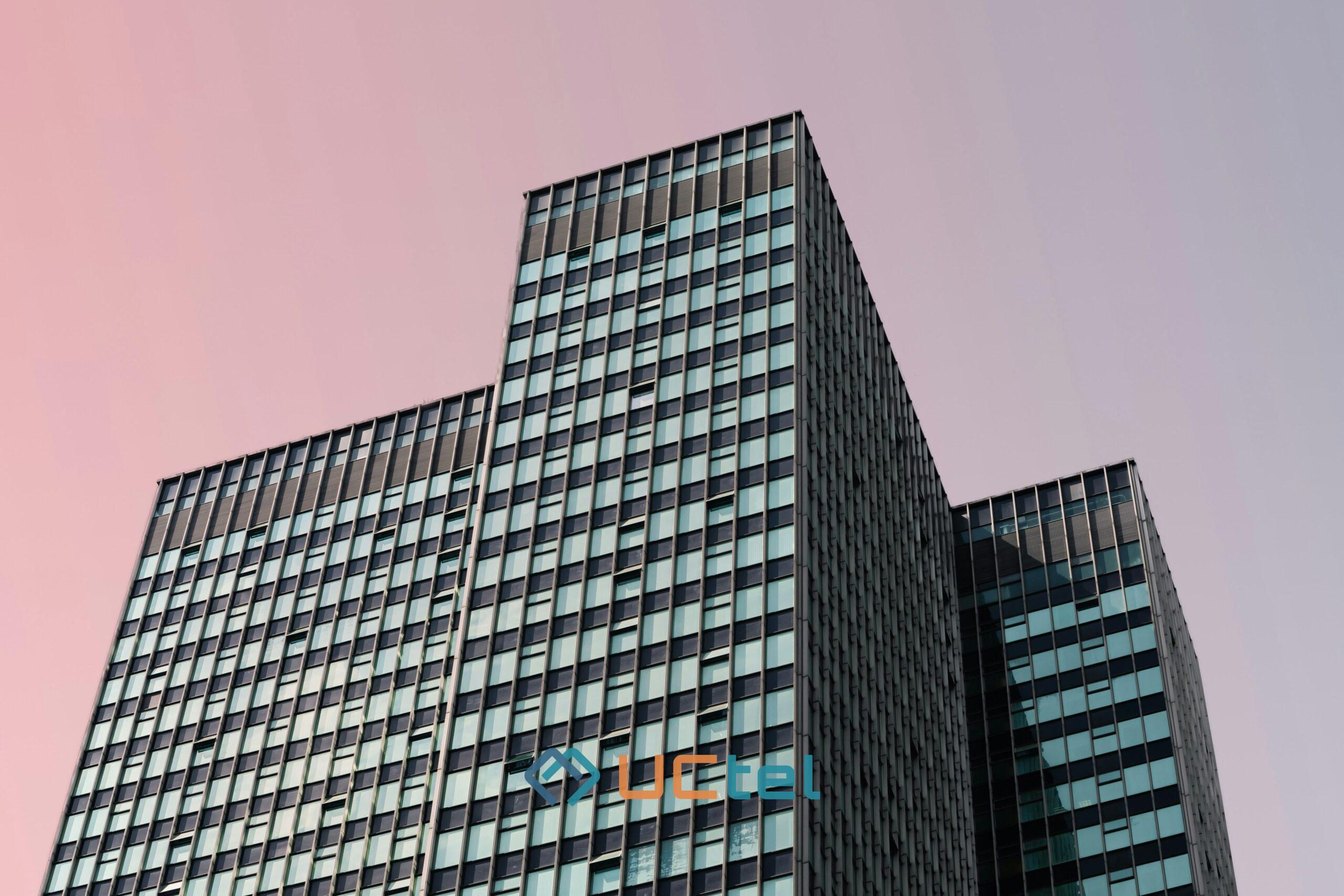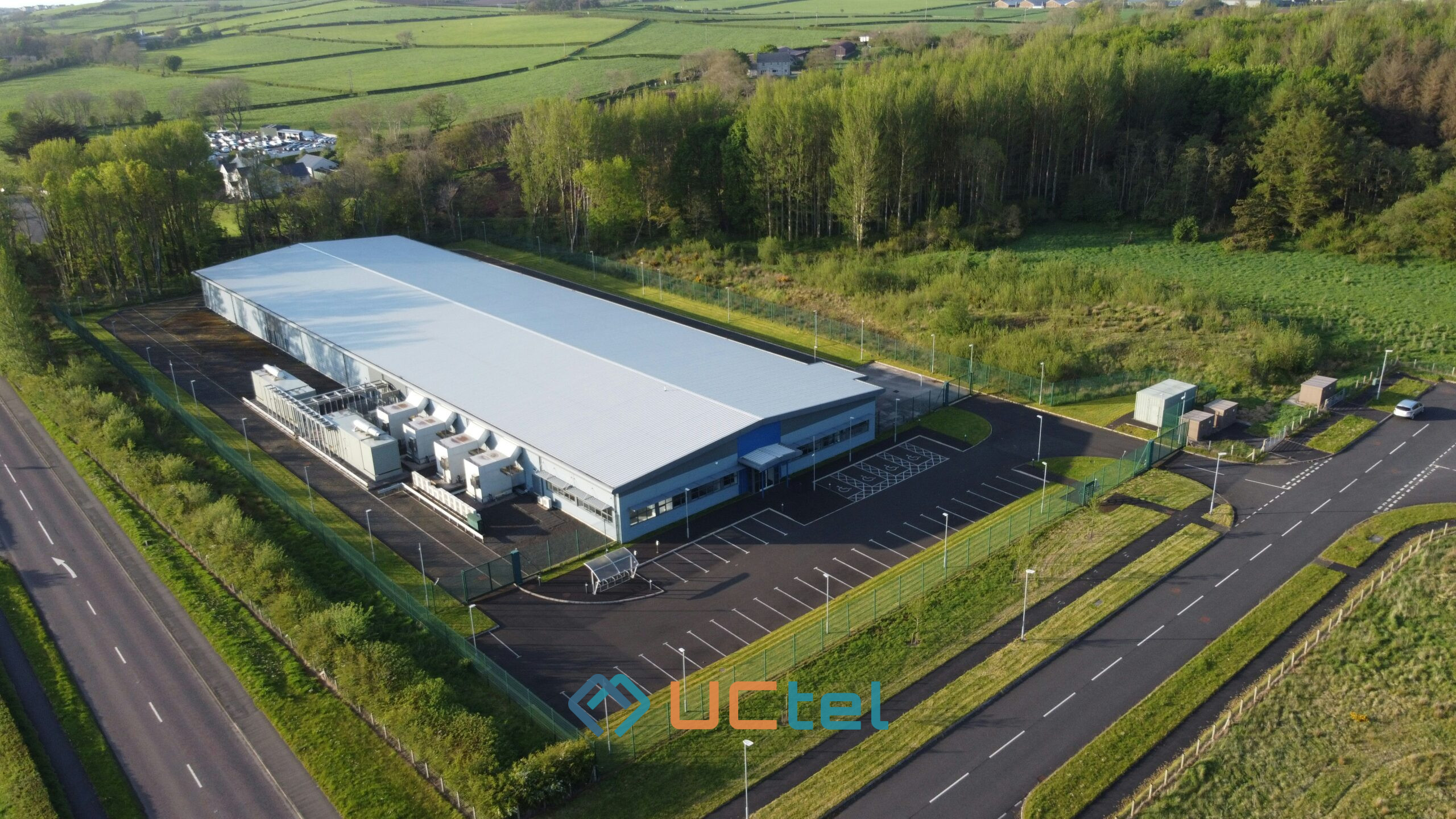How to Ensure Mobile Coverage in Stairwells & Emergency Exits

Table of contents
- 1. Follow-up Questions
- 2. Why Stairwell Coverage Matters for Occupant Safety and Communication
- 3. Regulations and Standards: NFPA, IFC, and Mobile Network Guidelines
- 4. Technologies to Improve Coverage: BDA, DAS, Signal Boosters, Radiating Cable
- 5. Design Best Practices: Antenna Placement, Enclosures, Standby Power
- 6. Testing for Mobile Signal Quality in Stairwells and Exits
- 7. Integration with Building Evacuation Plans and Occupant Use Cases
- 8. Real-World Examples & Lessons from Deployments
- 9. Frequently Asked Questions
- 10. Conclusion - TL/DR
Updated August 2025
Stairwells and emergency exits are among the most challenging areas for mobile signal propagation—yet they are critical for occupant safety during emergencies. This guide outlines how to achieve reliable LTE and 5G coverage in these spaces through distributed antenna systems (DAS), signal boosters, and proper design strategies. It also addresses relevant safety regulations, real-world implementation, and integration into building evacuation protocols.
Follow-up Questions
Why do stairwells often lack mobile coverage?
- Stairwells are often built with concrete and steel and physically separated from areas with antennas, resulting in significant signal loss.
What regulations apply to signal in stairwells?
- Public safety radio coverage is required under NFPA and IFC codes, but LTE/5G coverage is not mandated—though increasingly expected.
Which technologies help extend mobile coverage in exits?
- Common solutions include DAS, signal boosters, and radiating cable, depending on building layout and material constraints.
How do you test coverage in stairwells?
- Testing involves using mobile devices or spectrum analyzers to check signal strength, quality, and multi-operator support across floors.
Can mobile coverage integrate with evacuation plans?
- Yes. Reliable LTE signal enables occupants to receive alerts, contact emergency services, and communicate with safety teams.
Are there real-world deployments of boosters in stairwells?
- Yes. Hospitals, high-rise offices, and student residences have used DAS and boosters to extend mobile signal to stairwells effectively.
Why Stairwell Coverage Matters for Occupant Safety and Communication
In emergencies, stairwells serve as primary escape routes—but they’re typically designed with RF-isolating materials and lack antenna coverage. While first responders use dedicated radio networks, occupants increasingly rely on their mobile devices to receive alerts, communicate with others, and access safety apps.
Inadequate connectivity in these zones can delay evacuation, prevent emergency calls, or disrupt access to critical updates. Improving signal coverage is a key aspect of life-safety design and is being adopted as standard in many hospitals, residential towers, and commercial buildings.
Regulations and Standards: NFPA, IFC, and Mobile Network Guidelines
Public safety radio coverage in stairwells is mandated by codes like NFPA 72 and IFC Section 510. These codes outline requirements for signal strength, coverage zones, and testing procedures, particularly for systems such as BDA or ERCES.
By contrast, LTE/5G coverage for general mobile use is not currently regulated in the same way. However, as occupant safety increasingly includes mobile communication, building owners are incorporating mobile booster systems into their infrastructure.
In the UK, Ofcom regulates mobile signal boosters. Only licence-exempt and compliant equipment—such as the Cel-Fi Quatra series—can be legally installed. It's essential to separate public safety and commercial mobile solutions within system design.
Technologies to Improve Coverage: BDA, DAS, Signal Boosters, Radiating Cable
Several technologies are used to extend mobile signal into difficult areas such as stairwells:
DAS (Distributed Antenna Systems)
- DAS uses fibre or coaxial cable to distribute signals through multiple antennas. It’s well suited to large buildings needing centralised, multi-operator coverage.
BDA (Bi-Directional Amplifiers)
- Primarily used for public safety radio systems. These amplify emergency signals but do not carry commercial LTE/5G traffic.
Signal Boosters
- Solutions like Cel-Fi Quatra or GO G51 amplify licensed mobile signals and can be configured to deliver targeted stairwell coverage.
Radiating Cable (Leaky Feeder)
- Used in tunnels and vertical shafts, radiating cable provides continuous signal emission along its length—ideal for stairwells with long vertical runs.
Each method has trade-offs in cost, compliance, and scalability. UCTel has deployed combinations of DAS and boosters in various high-density vertical environments.
Design Best Practices: Antenna Placement, Enclosures, Standby Power
Proper design is essential for maintaining signal continuity in stairwells:
Antenna Placement
- Stagger antennas vertically or place one every few floors
- Avoid obstructive surfaces such as metal doors or tight corners
- Mount directional antennas near landings or exits
Enclosures and Compliance
- Use fire-rated conduit for all cables passing through compartments
- Seal and label equipment locations per emergency standards
Power and Redundancy
- Connect all signal equipment to emergency power
- Include battery backup for boosters where possible
In regulated environments, ensure all installed components are accessible for inspection and part of scheduled facility audits.
Testing for Mobile Signal Quality in Stairwells and Exits
Testing should confirm both public safety and commercial mobile coverage.
Testing procedure includes:
- Signal strength measurement (targeting -70 to -90 dBm) at each floor
- Coverage testing across EE, Vodafone, O2, and Three
- Use of spectrum analyzers or signal tracking apps
- Verification during building drills or simulated emergency events
UCTel incorporates stairwell testing in all multi-floor audits, providing documentation and signal heatmaps for review and compliance.
Integration with Building Evacuation Plans and Occupant Use Cases
Modern evacuation plans increasingly depend on mobile communication. Occupants use devices during evacuation to:
- Call 999 or communicate with building management
- Receive SMS alerts or app notifications
- Share their location with family or emergency responders
Coverage planning should align with evacuation routes, and antenna placement must avoid disrupting fire ratings. UCTel recommends involving fire safety teams during signal system design to ensure compliance and optimal performance during evacuation scenarios.
Real-World Examples & Lessons from Deployments
Case 1: NHS Hospital, Midlands
Problem: No signal in stairwells serving lower-ground exits
Solution: Cel-Fi Quatra with stairwell-focused antenna layout
Result: Full LTE signal across EE and Vodafone, improved compliance in drills
Case 2: Commercial High-Rise, London
Problem: Mobile blackspot in central stairwell core
Solution: DAS deployment with antennas staggered across 15 floors
Result: Reliable multi-operator coverage confirmed during emergency simulation
Case 3: Student Housing, Leeds
Problem: Egress stairwells blocked LTE alerts during lockdown drills
Solution: Radiating cable linked to Cel-Fi GO G51 booster
Result: Complete vertical signal coverage, integrated with alert testing system
These examples demonstrate the role of well-executed stairwell signal coverage in supporting occupant safety and regulatory preparedness.
Frequently Asked Questions
Is mobile coverage in stairwells legally required?
- For public safety radio (e.g., firefighter communication), yes. For general LTE/5G coverage, no—but it is considered best practice.
What is the best solution for stairwell signal coverage?
- Depending on building size, either a distributed antenna system (DAS) or a targeted booster (like Cel-Fi) paired with radiating cable is most effective.
Can stairwell signal boosters affect public safety radios?
- No, if installed correctly. Systems should be separated by design and frequency range to avoid interference.
Do stairwells require backup power for mobile boosters?
- Yes, especially in critical buildings. Backup ensures coverage during outages.
Is testing required after installation?
- Yes. Post-install testing verifies coverage at each level and identifies any gaps or degradation.
Does UCTel provide stairwell-specific system audits?
- Yes. UCTel includes stairwell testing in all audits and designs booster layouts to maximise vertical signal continuity.
To ensure full mobile signal coverage in critical zones such as stairwells and emergency exits, schedule an on-site survey with a certified provider. UCTel offers end-to-end solutions for signal optimisation, compliance, and occupant safety.
Contact UCTel to learn more.
Conclusion - TL/DR
- Stairwells and exits are high-risk areas for mobile signal loss
- Public safety radios are regulated; LTE/5G coverage is optional but increasingly standard
- DAS, boosters, and radiating cable can restore coverage in isolated zones
- Proper antenna layout, power backup, and compliance checks are essential
- Testing during real-world simulations ensures readiness
- Addressing mobile coverage in stairwells enhances overall building safety and occupant confidence





